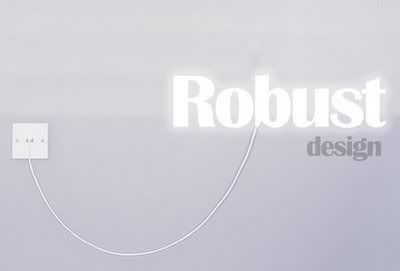
Lot 4444,
Jalan Kampung Kong Sai,
Air Merbau ,77200 Jasin,
Melaka,Malaysia.
0136++++++
kami859@yahoo.com
CSC STEEL SDN. BHD. 180, 31 August 2010
Kawasan IndustriAyer Keroh,
Ayer Keroh, 75450 Melaka,
Malaysia.
Tel : 606-2310169
Dear Sir/Madam
I am writing in response to your advertisement in JobStreet.com inviting applications for Application Mechanical Engineer upon completion of my Bachelor’s Degree in April 2013. I believe I have the skills as well as the spirit to work for the company.
Allow me to briefly introduce myself. I am currently second-year mechanical engineering student, and will graduate from University Technology Mara in April 2013. Through the advertisement, I study that you are seeking candidates which can study and execute equipment revamp project for improvement, prepare trouble shouting report, cases analyzes and preventives improvement.
With strong qualities in work that i have, i have a keen interest and would pursue my careers in engineering. Enclosure resumes giving you details of my personal particulars.
I am also competent in the use of computers software like Microsoft Office, Adobe Photoshop, Solid Work, Matlab and C++ programming. I speak and write well in Bahasa Melayu, English and basic Japanese.
I would be grateful if you can arrange an interview so that i can explain my qualifications further. You can contact me at any time. I look forward to hearing from you. Thank you in advance for your time.
Thanks you for your consideration.
Yours sincerely,
Signature
AHMAD BIN MOHAMAD








